
Vincent van Gogh Painting Reproductions 3 of 18
1853-1890
Dutch Post-Impressionist Painter
416 Vincent van Gogh Paintings
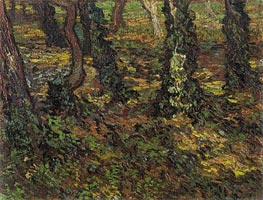
Tree Trunks with Ivy 1889
Oil Painting
$655
$655
Canvas Print
$71.32
$71.32
SKU: VVG-1149
Vincent van Gogh
Original Size: 45 x 60 cm
Kroller-Mueller Museum, Otterlo, Netherlands
Vincent van Gogh
Original Size: 45 x 60 cm
Kroller-Mueller Museum, Otterlo, Netherlands
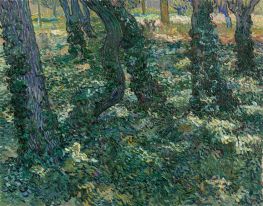
Undergrowth 1889
Oil Painting
$805
$805
Canvas Print
$73.53
$73.53
SKU: VVG-1150
Vincent van Gogh
Original Size: 73 x 92.5 cm
Van Gogh Museum, Amsterdam, Netherlands
Vincent van Gogh
Original Size: 73 x 92.5 cm
Van Gogh Museum, Amsterdam, Netherlands
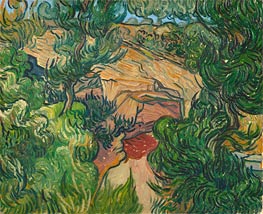
Entrance to a Quarry 1889
Oil Painting
$765
$765
Canvas Print
$76.25
$76.25
SKU: VVG-1151
Vincent van Gogh
Original Size: 60 x 73.5 cm
Van Gogh Museum, Amsterdam, Netherlands
Vincent van Gogh
Original Size: 60 x 73.5 cm
Van Gogh Museum, Amsterdam, Netherlands
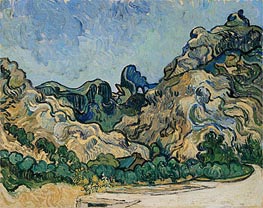
Mountains at Saint-Remy with Dark Cottage 1889
Oil Painting
$817
$817
Canvas Print
$72.85
$72.85
SKU: VVG-1152
Vincent van Gogh
Original Size: 71.8 x 90.8 cm
Solomon R. Guggenheim Museum, New York, USA
Vincent van Gogh
Original Size: 71.8 x 90.8 cm
Solomon R. Guggenheim Museum, New York, USA
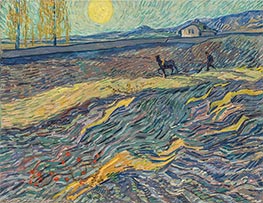
Enclosed Field with Ploughman 1889
Oil Painting
$707
$707
Canvas Print
$72.00
$72.00
SKU: VVG-1153
Vincent van Gogh
Original Size: 50.3 x 65 cm
Private Collection
Vincent van Gogh
Original Size: 50.3 x 65 cm
Private Collection

Wheatfield with a Reaper 1889
Oil Painting
$828
$828
Canvas Print
$74.04
$74.04
SKU: VVG-1154
Vincent van Gogh
Original Size: 73 x 92 cm
Van Gogh Museum, Amsterdam, Netherlands
Vincent van Gogh
Original Size: 73 x 92 cm
Van Gogh Museum, Amsterdam, Netherlands
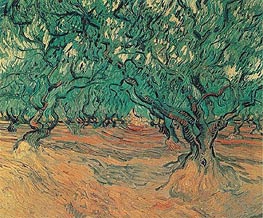
Olive Trees 1889
Oil Painting
$652
$652
Canvas Print
$61.76
$61.76
SKU: VVG-1155
Vincent van Gogh
Original Size: 53.5 x 64.5 cm
Private Collection
Vincent van Gogh
Original Size: 53.5 x 64.5 cm
Private Collection
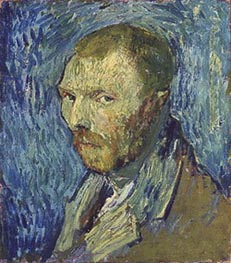
Self Portrait 1889
Oil Painting
$588
$588
Canvas Print
$71.02
$71.02
SKU: VVG-1156
Vincent van Gogh
Original Size: 51 x 45 cm
Nasjonalgalleriet, Oslo, Norway
Vincent van Gogh
Original Size: 51 x 45 cm
Nasjonalgalleriet, Oslo, Norway
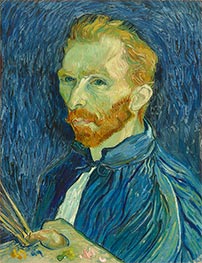
Self Portrait 1889
Oil Painting
$734
$734
Canvas Print
$72.16
$72.16
SKU: VVG-1157
Vincent van Gogh
Original Size: 57 x 43.5 cm
National Gallery of Art, Washington, USA
Vincent van Gogh
Original Size: 57 x 43.5 cm
National Gallery of Art, Washington, USA
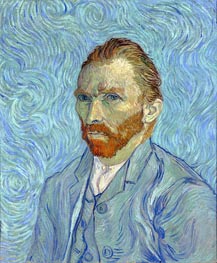
Self Portrait 1889
Oil Painting
$832
$832
Canvas Print
$76.93
$76.93
SKU: VVG-1158
Vincent van Gogh
Original Size: 65 x 54 cm
Musee d'Orsay, Paris, France
Vincent van Gogh
Original Size: 65 x 54 cm
Musee d'Orsay, Paris, France
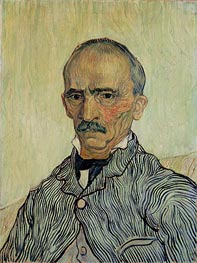
Portrait of Superintendant Trabuc in St. Paul's ... 1889
Oil Painting
$742
$742
Canvas Print
$86.84
$86.84
SKU: VVG-1159
Vincent van Gogh
Original Size: 61 x 46 cm
Dubi-Muller Foundation, Solothurn, Switzerland
Vincent van Gogh
Original Size: 61 x 46 cm
Dubi-Muller Foundation, Solothurn, Switzerland
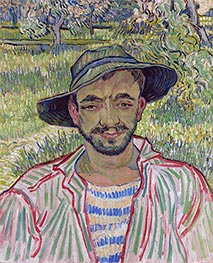
Portrait of a Young Peasant 1889
Oil Painting
$726
$726
Canvas Print
$94.39
$94.39
SKU: VVG-1160
Vincent van Gogh
Original Size: 61 x 50 cm
Galleria Nazionale d'Arte Moderna, Rome, Italy
Vincent van Gogh
Original Size: 61 x 50 cm
Galleria Nazionale d'Arte Moderna, Rome, Italy
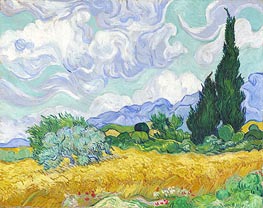
Wheatfield with Cypresses 1889
Oil Painting
$805
$805
Canvas Print
$74.04
$74.04
SKU: VVG-1161
Vincent van Gogh
Original Size: 72 x 91 cm
National Gallery, London, UK
Vincent van Gogh
Original Size: 72 x 91 cm
National Gallery, London, UK
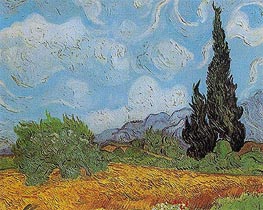
Wheat Field with Cypresses 1889
Oil Painting
$652
$652
Canvas Print
$74.55
$74.55
SKU: VVG-1162
Vincent van Gogh
Original Size: 51.5 x 65 cm
Private Collection
Vincent van Gogh
Original Size: 51.5 x 65 cm
Private Collection
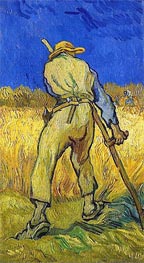
The Reaper (after Millett) 1889
Oil Painting
$547
$547
Canvas Print
$61.76
$61.76
SKU: VVG-1163
Vincent van Gogh
Original Size: 43.5 x 25 cm
Memorial Art Gallery at the University of Rochester, New York, USA
Vincent van Gogh
Original Size: 43.5 x 25 cm
Memorial Art Gallery at the University of Rochester, New York, USA
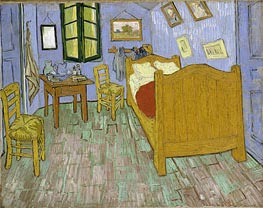
Vincent's Bedroom in Arles 1889
Oil Painting
$788
$788
Canvas Print
$74.04
$74.04
SKU: VVG-1164
Vincent van Gogh
Original Size: 73.6 x 92.3 cm
Art Institute of Chicago, Illinois, USA
Vincent van Gogh
Original Size: 73.6 x 92.3 cm
Art Institute of Chicago, Illinois, USA
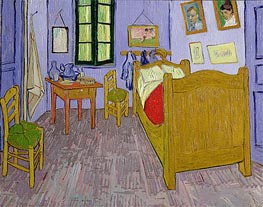
Van Gogh's Bedroom at Arles 1889
Oil Painting
$727
$727
Canvas Print
$121.06
$121.06
SKU: VVG-1165
Vincent van Gogh
Original Size: 57.5 x 74 cm
Musee d'Orsay, Paris, France
Vincent van Gogh
Original Size: 57.5 x 74 cm
Musee d'Orsay, Paris, France
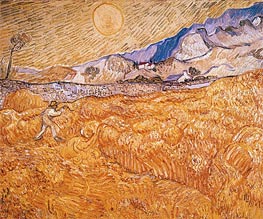
Wheat Field Behind Saint-Paul Hospital with Reaper September
Oil Painting
$755
$755
Canvas Print
$61.76
$61.76
SKU: VVG-1166
Vincent van Gogh
Original Size: 59.5 x 72.5 cm
Museum Folkwang, Essen, Germany
Vincent van Gogh
Original Size: 59.5 x 72.5 cm
Museum Folkwang, Essen, Germany

Enclosed Wheat Field with Peasant 1889
Oil Painting
$805
$805
Canvas Print
$74.04
$74.04
SKU: VVG-1167
Vincent van Gogh
Original Size: 73.7 x 92.1 cm
Indianapolis Museum of Art, Indiana, USA
Vincent van Gogh
Original Size: 73.7 x 92.1 cm
Indianapolis Museum of Art, Indiana, USA
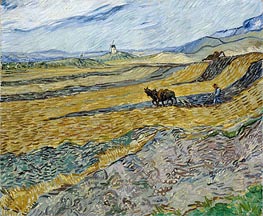
Enclosed Field with Ploughman 1889
Oil Painting
$612
$612
Canvas Print
$76.59
$76.59
SKU: VVG-1168
Vincent van Gogh
Original Size: 54 x 65.4 cm
Boston Museum of Fine Arts, Massachusetts, USA
Vincent van Gogh
Original Size: 54 x 65.4 cm
Boston Museum of Fine Arts, Massachusetts, USA
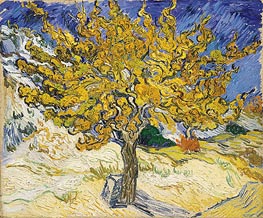
The Mulberry Tree 1889
Oil Painting
$597
$597
Canvas Print
$77.45
$77.45
SKU: VVG-1169
Vincent van Gogh
Original Size: 54 x 65 cm
Norton Simon Museum of Art, Pasadena, USA
Vincent van Gogh
Original Size: 54 x 65 cm
Norton Simon Museum of Art, Pasadena, USA
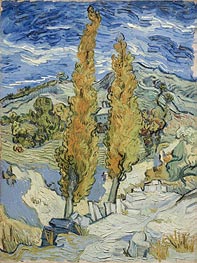
The Poplars at Saint-Remy 1889
Oil Painting
$651
$651
Canvas Print
$69.78
$69.78
SKU: VVG-1170
Vincent van Gogh
Original Size: 61.6 x 45.7 cm
Cleveland Museum of Art, Ohio, USA
Vincent van Gogh
Original Size: 61.6 x 45.7 cm
Cleveland Museum of Art, Ohio, USA
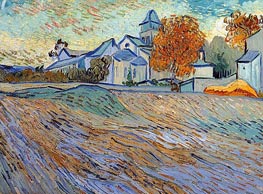
View of the Church of Saint-Paul-de-Mausole 1889
Oil Painting
$464
$464
Canvas Print
$69.44
$69.44
SKU: VVG-1171
Vincent van Gogh
Original Size: 44.5 x 60 cm
Private Collection
Vincent van Gogh
Original Size: 44.5 x 60 cm
Private Collection
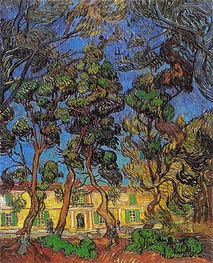
Trees in the Garden of Saint-Paul Hospital 1889
Oil Painting
$817
$817
Canvas Print
$61.76
$61.76
SKU: VVG-1172
Vincent van Gogh
Original Size: 90.2 x 73.3 cm
Armand Hammer Museum of Art at UCLA, Los Angeles, USA
Vincent van Gogh
Original Size: 90.2 x 73.3 cm
Armand Hammer Museum of Art at UCLA, Los Angeles, USA